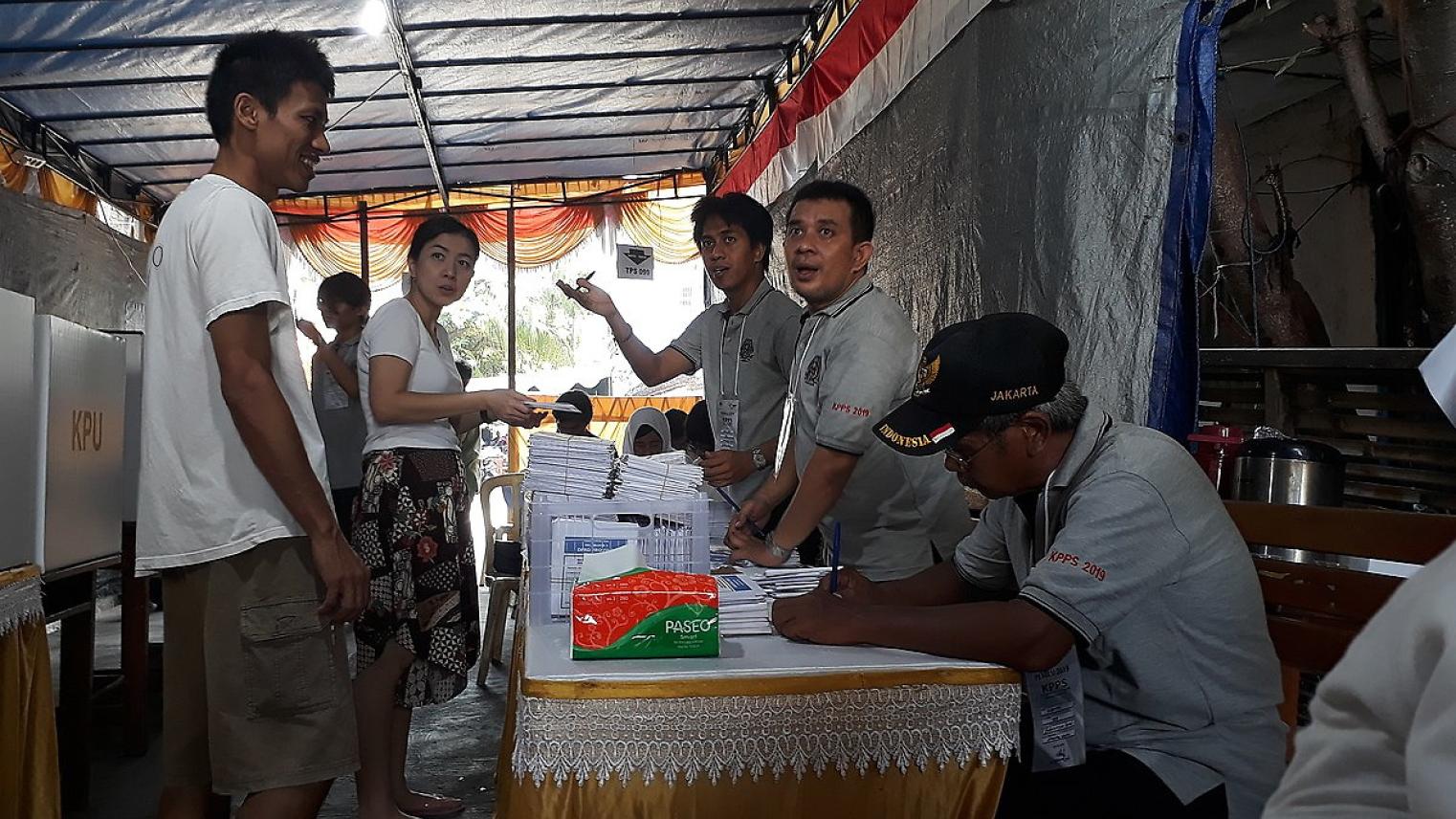A central question for the development profession is understanding why and how some countries consistently perform strongly according to the usual indicators of development progress. The World Bank’s East Asian Miracle study was a widely cited attempt to explain East Asian economic dynamism. Economists have employed ever more sophisticated econometric tools and larger databases, of the ‘I Just Ran Two Million Regressions’ genre.
In this elusive search, analytical parsimony has obvious attractions as an overarching template. ‘Why Nations Fail’, ‘The Bottom Billion’ and many other famous volumes are examples of this ‘big picture’ approach. The best of these studies draw on economics, political science, history, anthropology and much else to develop an analytical narrative around some unifying themes.
The question Hal asks in this presentation is whether such an approach is feasible and would facilitate a deeper understanding of contemporary Indonesian development dynamics. At least prior to the Covid-19 pandemic, we had a reasonably good understanding of the main aspects and drivers of the country’s economic development in the democratic era. The deeper question is whether one can develop a workable, comprehensive analytical framework that guides us towards an understanding of the country’s development outcomes.
Hal Hill is H.W. Arndt Professor Emeritus of Southeast Asian Economies at The Australian National University. He works mainly on the economies of Southeast Asia. Details of his activities and recent work can be found here: https://crawford.anu.edu.au/people/visitors/hal-hill
